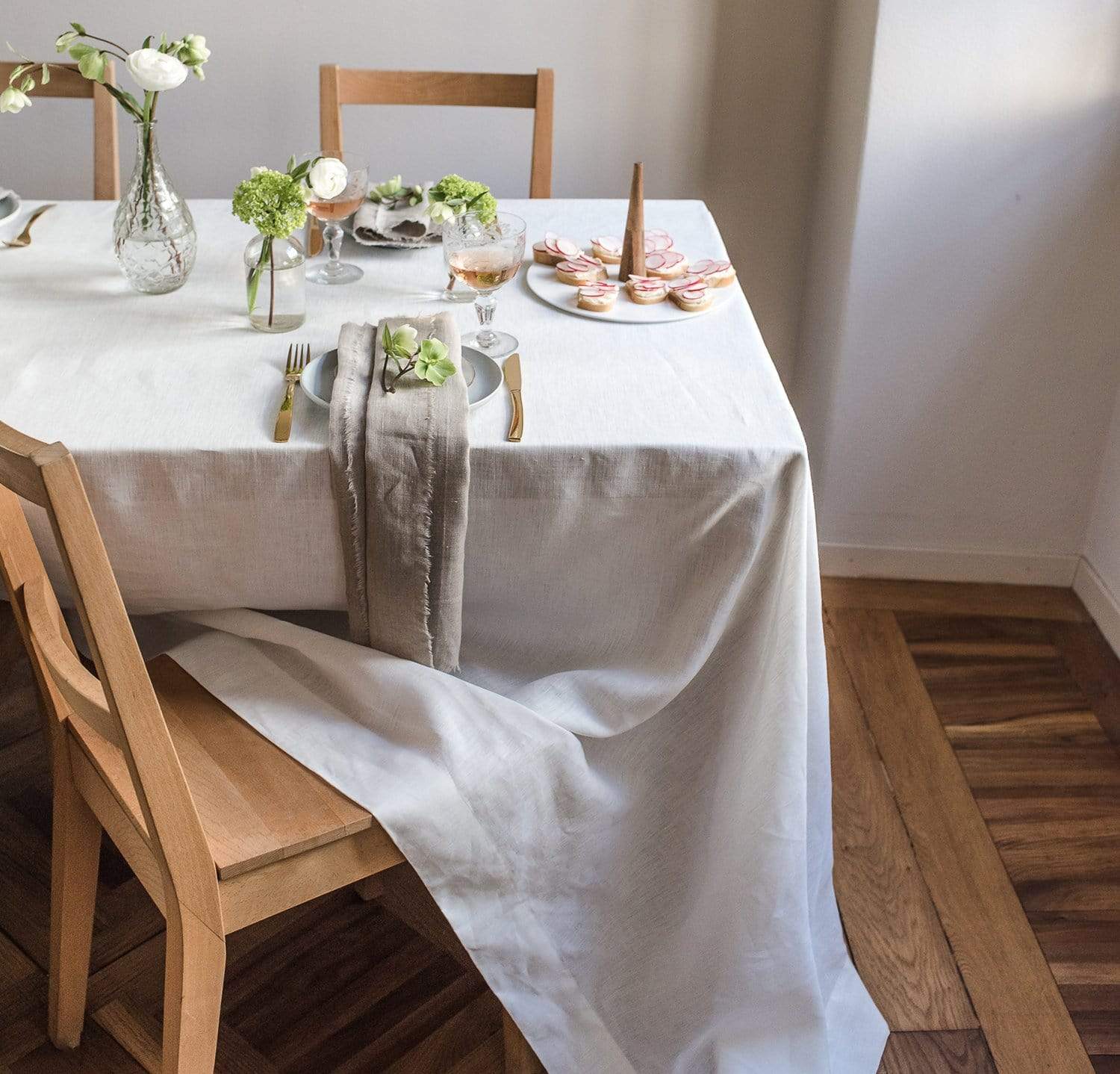Bed Linen Fabric Developments: Discovering Modern Trends and Creative Applications in Layout and Textile Market
From sustainable production methods to advanced weaving technologies, the evolution of bed linen is improving the landscape of the textile industry. As we dive right into the realms of creative layout applications and the introduction of linen blends and hybrid fabrics, a brand-new phase unfolds in which linen's role in future textile advancements takes center phase.
Sustainable Practices in Linen Production
Sustainable practices in bed linen manufacturing have become significantly critical in the fabric industry's initiatives to lessen environmental influence and promote moral sourcing techniques. Linen, an all-natural fiber originated from the flax plant, supplies a variety of benefits such as biodegradability, sturdiness, and breathability. However, standard methods of linen manufacturing can include substantial water consumption, chemical usage, and energy-intensive processes.
To resolve these challenges, several textile makers are adopting sustainable techniques throughout the linen production procedure. This consists of sourcing flax from organic farms that stay clear of hazardous chemicals and chemicals, implementing water-efficient retting methods to remove fibers from the flax stalks, and utilizing environment-friendly dyes and finishes. Furthermore, some business are buying renewable energy resources to power their manufacturing facilities and decreasing waste via recycling and upcycling initiatives.
Technological Improvements in Linen Weaving
With the expanding emphasis on sustainable practices in linen manufacturing, the fabric sector is currently witnessing a surge in technological developments particularly intended at changing the art of bed linen weaving. These innovations are reshaping the way linen fabrics are created, providing boosted performance, top quality, and creative thinking in weaving strategies.
Among the vital technical innovations in bed linen weaving is the assimilation of digital looms. These innovative looms are outfitted with software program that permits detailed and intricate styles to be woven with precision. By digitizing the weaving process, producers can achieve greater uniformity and precision in their bed linen materials.
Moreover, improvements in yarn spinning technology have actually made it possible for the manufacturing of finer and even more resilient linen yarns - table cloths. This leads to softer and smoother bed linen materials that retain their quality also after numerous usages and washes
In addition, the advancement of eco-friendly dyeing procedures and surfaces for bed linen materials is acquiring traction. These lasting methods not just minimize the environmental influence however also satisfy the boosting consumer need for ethically generated textiles.
Creative Layout Applications for Linen
Innovative imaginative methods are increasingly shaping the creative style applications for linen in the fabric industry. Developers are pushing the limits of traditional bed linen usage, discovering its versatility in different applications. One prominent pattern is the integration of bed linen in sustainable style lines, where its eco-friendly residential or commercial properties are highlighted. Bed linen's natural aesthetic charm and capacity to blend with various other fabrics make it a preferred selection for producing distinct garments and devices that cater to the ecologically aware consumer.
Moreover, designers are explore bed linen in home style, using its breathable and durable nature to craft elegant home furnishings such as drapes, bed linens, and furniture. The appearance and drape of bed linen bring a feeling of sophistication and comfort to interior spaces, adding a touch of beauty to contemporary homes.

Linen Blends and Hybrid Fabrics
:max_bytes(150000):strip_icc()/Bonnie-Phil_24-a9b5c05b6b684ff4a67f4c4b36cc9404.jpg)
Crossbreed materials, on the other hand, take the principle of blending a step better by integrating additional components such as metallic strings, recycled products, or conductive fibers. These innovative fabrics not only expand the style possibilities yet likewise introduce practical aspects like conductivity, antimicrobial properties, or boosted sturdiness. Hybrid materials are progressively being made use of in different sectors, including style, interior layout, and technical fabrics, where the need for multifunctional materials gets on the rise.
Bed linen's Role in Future Textile Innovations

In the realm of future fabric technologies, linen is expected to be a principal in the growth of innovative functional materials. Developers and scientists are exploring ways to improve linen's intrinsic top qualities via technological advancements, such as integrating wise fabrics, nanotechnology, and efficiency coatings. These technologies intend to boost linen's performance attributes, making it suitable for a broader series of applications, from activewear to protective clothes.
Furthermore, the combination of linen with other natural or synthetic fibers opens up endless possibilities for creating unique fabrics with one-of-a-kind properties and functionalities. By leveraging bed linen's features and discovering cutting-edge blends, the fabric market is poised to go to my blog introduce exciting growths that provide to progressing consumer needs and sustainability requirements.
Verdict
In verdict, the expedition of sustainable practices, technical improvements, innovative style applications, linen blends, and its duty in future fabric developments highlight the continuous advancement of bed linen fabric in the modern layout and textile industry. With an emphasis on advancement and imagination, the versatility and eco-friendly nature of bed linen make it a useful material for developers and producers alike, leading the way for more advancements and advancements in the area of textiles.
As we dive right into the realms of imaginative design applications and the appearance of linen blends and crossbreed materials, a brand-new phase unfolds in which bed linen's duty in future fabric advancements takes center phase.
Exploring the combination of linen with other fabrics has actually led to the development of cutting-edge blends and hybrid textiles in the modern textile market. Bed linen blends provide an one-of-a-kind combination of the attributes of bed linen with those of other fibers, resulting in materials that have enhanced buildings such as enhanced longevity, improved draping, and minimized wrinkling.The advancement of linen blends and hybrid materials has actually established the stage for Linen to play an essential duty in driving future textile developments.In the world of future fabric innovations, linen is expected to be a crucial gamer in the growth of advanced functional materials.